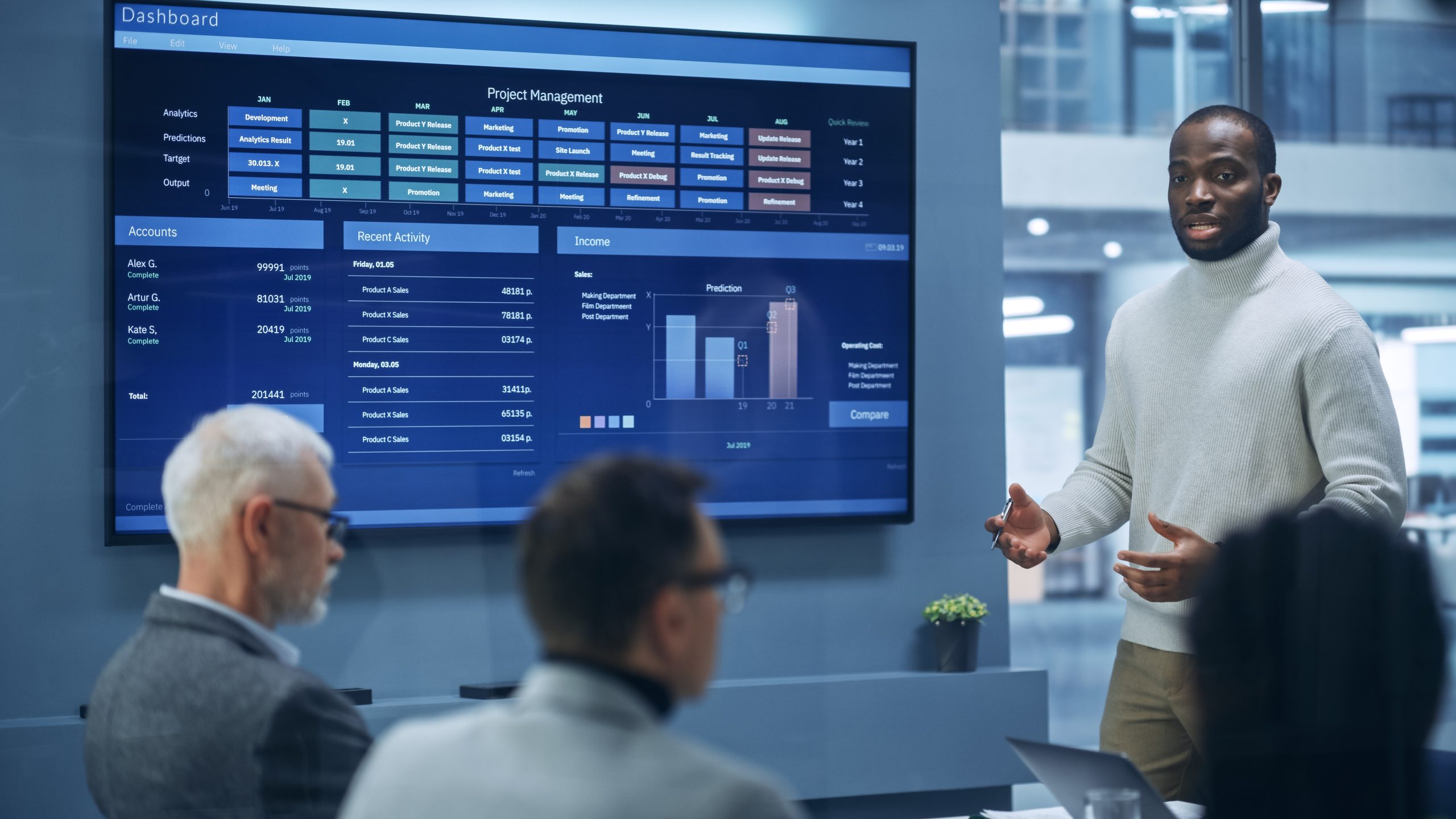Unique Challenge
When it comes to data, executives at utilities are under pressure to do it all. They try to harness data to manage an enterprise-wide vision, build proficiency and validate the data, and then they steward and govern it. Big picture, utility leaders have to reduce risk while becoming more and more data-driven as they do it. But it’s not black and white. Most of the time, there are no standards across business units and different leaders drive their own vision of how data should be managed. This inconsistency can make it difficult when you want GIS (Geographic Information System) data connected to Customer Data and eventually mapped to Asset Data. It takes a brave utility (and leadership team) to admit how much more maturing their data capabilities need so those leaders can do it all. And maturing data leadership alone is even harder.
Bespoke Approach
At Unify, we use a tiered approach to analyzing our client’s data maturity within Energy and Utilities so those leaders have the clearest line of sight. Our analysis is divided into five components, each with their own sections:
1/ Start with Strategy
- How developed, integrated and supported the overall enterprise data strategy is within the Utility.
2/ Gauge the Human Element
- How proficient people are with data, the importance, ability to analyze and make decisions including overall support.
- What is the scale of data literacy and collecting insights.
3/ Asses your Operational Governance and Models
- The degree to which lines of businesses can collaborate, have standardized models and effectively make decisions for the future of data. We also assess the overall comprehension of data, data integrity and security of data.
- How effectively are teams performing within their existing operating models.
- How supportive are business processes for keeping data available and clean.
- What is the status of support for regulatory reporting.
4/ Tap your Tech
- What are the capabilities of the separate groups within the lines of businesses to adopt, sustain and execute from the existing analytics and data platforms.
- How effective are teams at informing business metrics.
- How limited is the analysis on data barriers and silos.
- How easy is it to obtain tools, perform pilots, management of analytics, self-service maturity and overall adoption of standardized data platforms.
5/ Fortify your Functional Capabilities
- What are the types of data function and their ability to permeate throughout the enterprise.
- How to influence enterprise projects and .
- How to ensure data and analytics are aligned to business .
- How to develop organizational talent to grow data capabilities.
- How to consistently improve stewardship, proficiency, and governance.
Proven Impact
The good news is that with an objective quantifiable analysis, the executive team can understand where and how to mature the data, so all areas of the enterprise can perform better. We’ve seen success at a major West Coast utility who has learned from their enterprise data maturity analysis and taken action to improve their overall capabilities.
To learn more of how we have helped clients, check out the Energy & Utilities or contact Milan Dave, Energy and Utilities Industry Leader or Chris Deaner, VP of Data Driven Insights.



